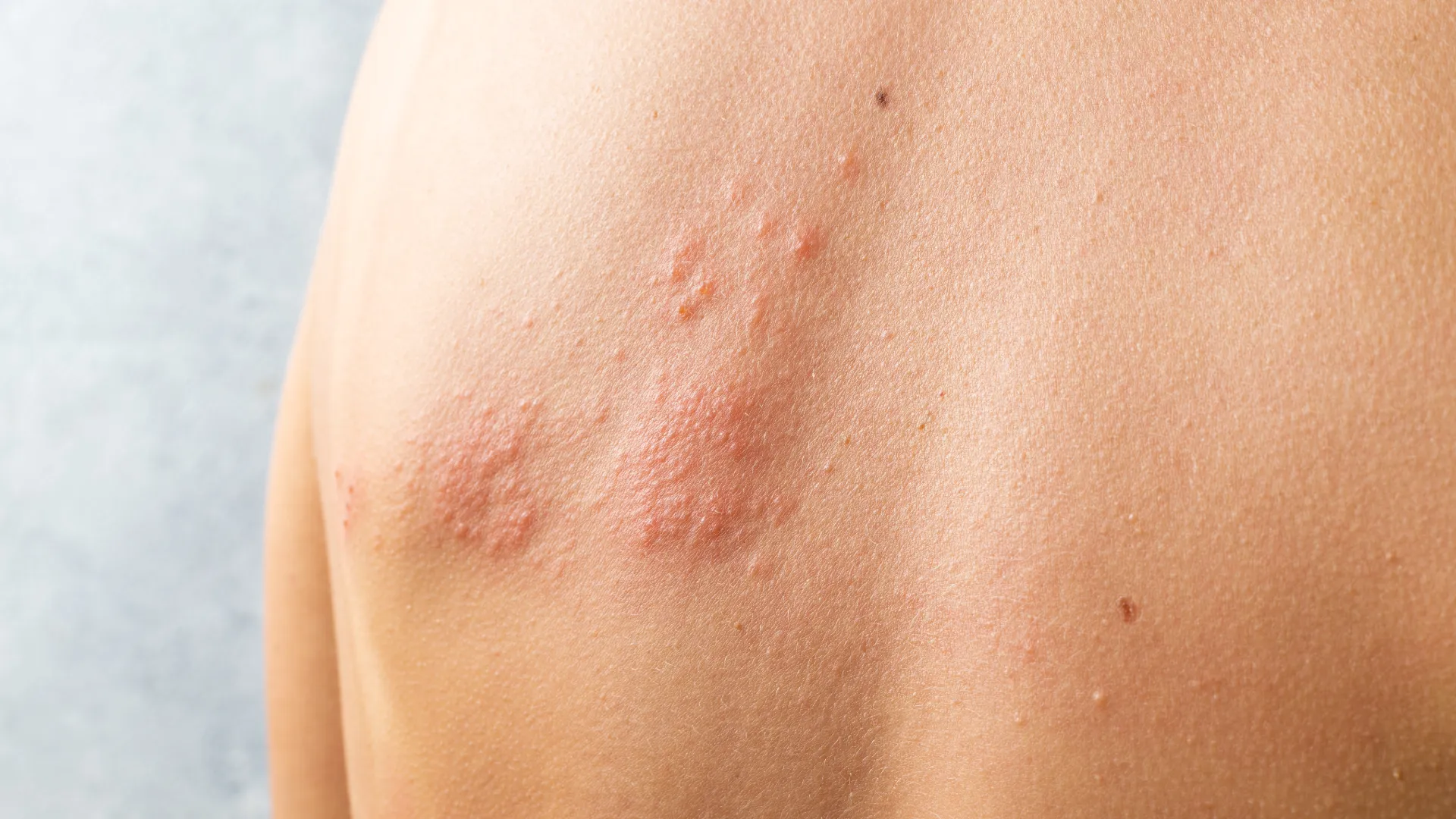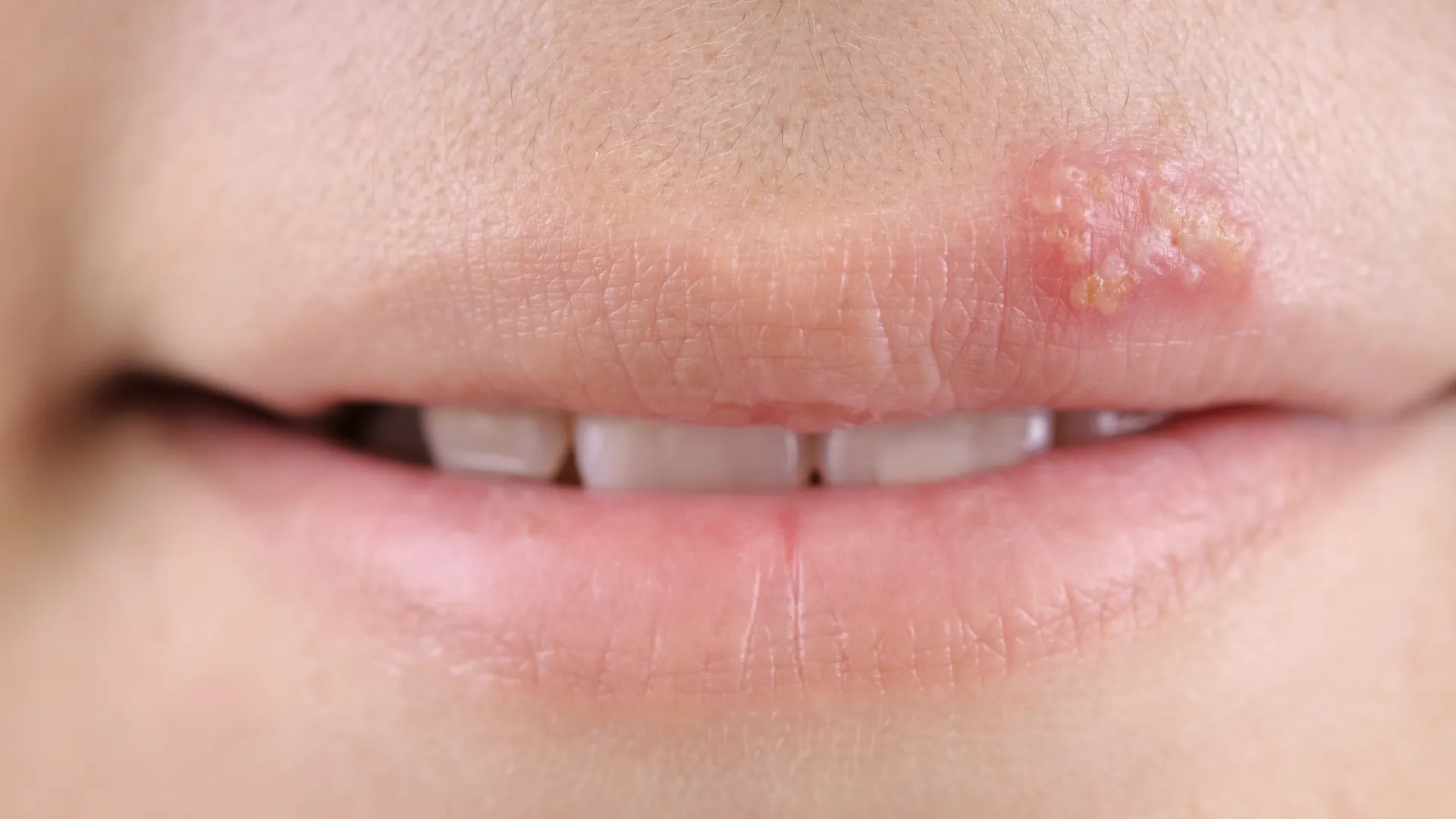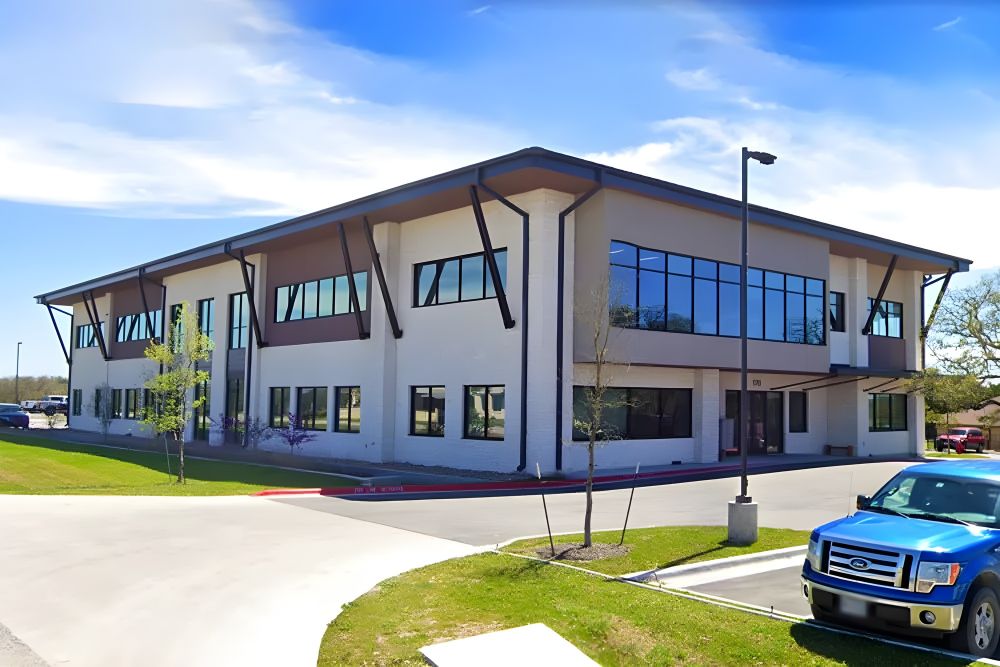Treatment for Shingles in the Greater Austin Area
At Greater Austin Pain Center, we offer a variety of treatment options to manage shingles and ease nerve pain. Our goal is to reduce the severity of the rash, ease the pain, and prevent complications such as postherpetic neuralgia. Here are the most common shingles treatment methods.
1. Antiviral Medications
Doctors will prescribe antiviral medication as the first step to treat shingles. Early treatment with medications such as acyclovir, valacyclovir, or famciclovir can help reduce the severity of the rash, decrease pain, and shorten the duration of the outbreak. These medications are most effective when prescribed within 72 hours of the onset of symptoms.
2. Pain Management
Shingles can cause intense nerve pain, which can be difficult to manage. We offer several options to help ease nerve pain:
- Oral steroids: To reduce inflammation and ease pain.
- Topical creams: Such as lidocaine patches or capsaicin cream to reduce pain in the affected area.
- Tricyclic antidepressants: Certain antidepressants, such as amitriptyline, are often prescribed for postherpetic neuralgia to help manage chronic nerve pain.
- Other medications: Anti-seizure medications, like gabapentin or pregabalin, may also be prescribed to manage nerve pain.
3. Shingles Vaccine
One of the most effective ways to prevent shingles is to get the shingles vaccine. The vaccine, known as Shingrix, is recommended for individuals aged 50 and older and can significantly reduce the risk of developing shingles and its complications. Even if you’ve had shingles before, the vaccine can help prevent future outbreaks.
4. Early Intervention
Prompt treatment is key to preventing complications and reducing the severity of the symptoms. Early intervention with antiviral medications and pain management can help speed up recovery and reduce the risk of developing postherpetic neuralgia or other serious complications.
5. Preventing Complications
The most common complication of shingles is postherpetic neuralgia, which causes persistent pain in the area where the rash appeared. Pain relief strategies, including medications and physical therapy, can help manage this condition. If you’re developing shingles or have a history of chickenpox, consider early intervention to prevent complications.
.webp)






















